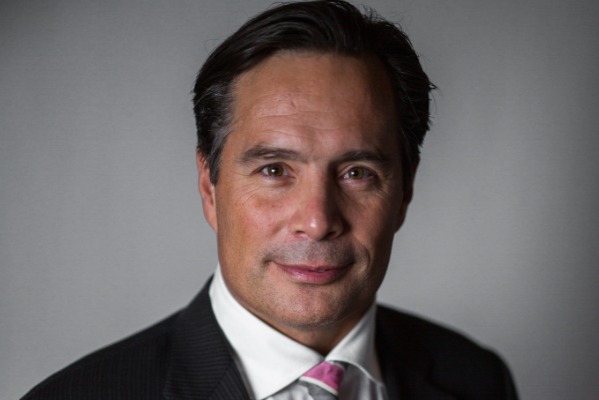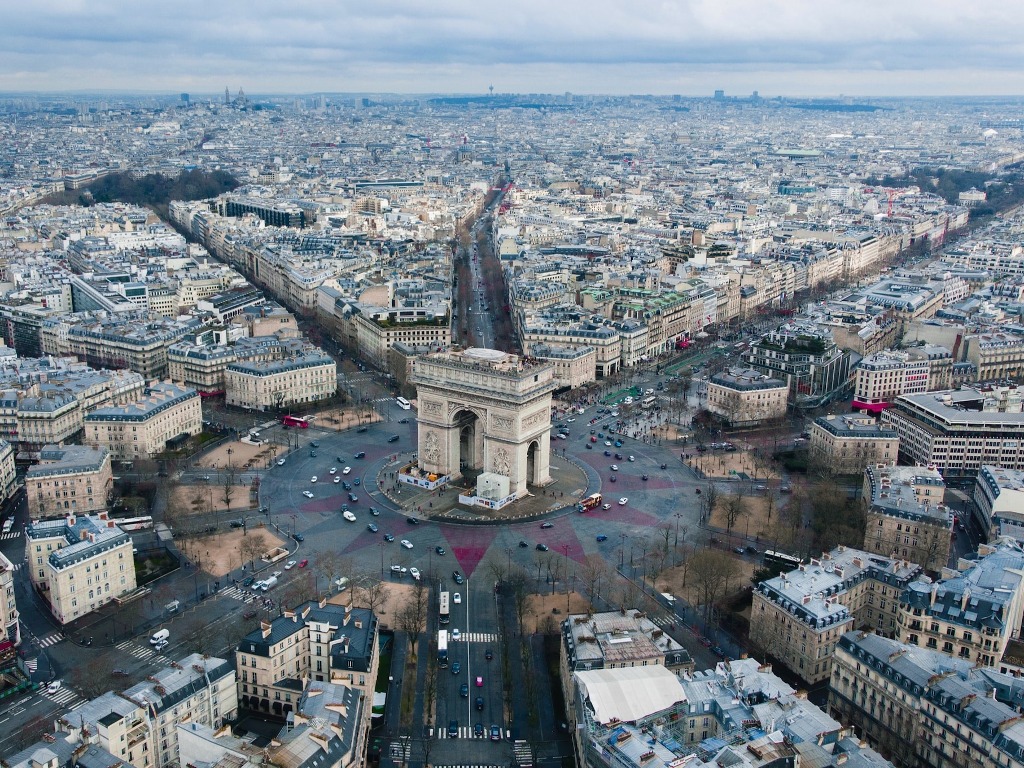A Disaster That’s Already Happened

New research from the Conference Board of Canada (CBOC) and the Indigenous Tourism Association of Canada (ITAC) reveals that although 2021 saw modest gains as a sign of early recovery, the industry still projects a 54% decline in direct GDP compared to pre-pandemic levels.
Another study done using Destination Canada’s recovery model, projects that it will take until 2028 for Indigenous tourism to return to peak 2019 levels of employment and GDP.
Changes since 2019:
- Prior to the 2019 pandemic, Indigenous tourism employed 38.9K employees, and brought in an estimated $1.86 billion in direct GDP
- During the peak of the pandemic in 2020, Indigenous tourism dropped to 10.6K employees and contributed only $580 million in direct GDP
- In 2021, Indigenous tourism employed 19.7K and provided an estimated $858 million in direct GDP
The report applies new information gathered from Indigenous tourism operators and ITAC’s members in spring/summer 2021 and reflects the deep and serious impact the pandemic has had on most businesses in the sector.
Based on the CBOC research it is estimated that at least a third of Indigenous tourism businesses could still be at serious risk of closure in 2021-2022.

Keith Henry, president and CEO of ITAC, observed that: “Based on engaging with operators and last year’s research, when COVID-19 first hit, we knew that the negative impacts of the pandemic were devastating to our Indigenous businesses, as it has been for all tourism operators across the country.”
Henry continued: “We have continued to work and advocate with the federal government, as well as provincial governments through our provincial/territorial Indigenous partners, on Indigenous-led solutions. Research like this is important to gauge the health of our industry with concrete data, even if it shows our greatest fears playing out, including over one billion dollars’ worth of sales lost.
And Henry added: “This is devastating for Indigenous entrepreneurs, nations and communities from coast to coast to coast who rely heavily on tourism for cultural revitalization and economic diversification.”
Over 650 Indigenous tourism operators participated in the 2020 and 2021 surveys. The biggest concerns amongst operators were the disruption of business into 2022 and beyond, with more than 60 per cent of operators saying they felt COVID-19 would affect their business into 2022 or longer.
ITAC’s own research using the Destination Canada recovery model paints a more sombre picture.
According to a recent pulse check and in the very best travel conditions, Indigenous tourism would only be able to return to 2019 numbers by 2028.
An even bigger decline is expected if more waves of COVID-19 force further provincial and territorial lockdowns and issues around human resources and lack of support continue to strike across the country.
ITAC’s boss said of these findings: “Our future may look uncertain but it’s clear that the sector’s path to recovery and renewal will require a series of tailored policy responses to best address the vastly different realities of our industries’ diverse businesses. This is why we’ve been advocating for Indigenous-led solutions for the past 18 months.”
Henry concluded: “We now need our partners and government to step up if we want to see Indigenous tourism continue. Let’s all hope that tourism recovery and more specifically Indigenous tourism becomes a key topic through all parties during this federal election.”
Click here to view the Conference Board of Canada’s research.


